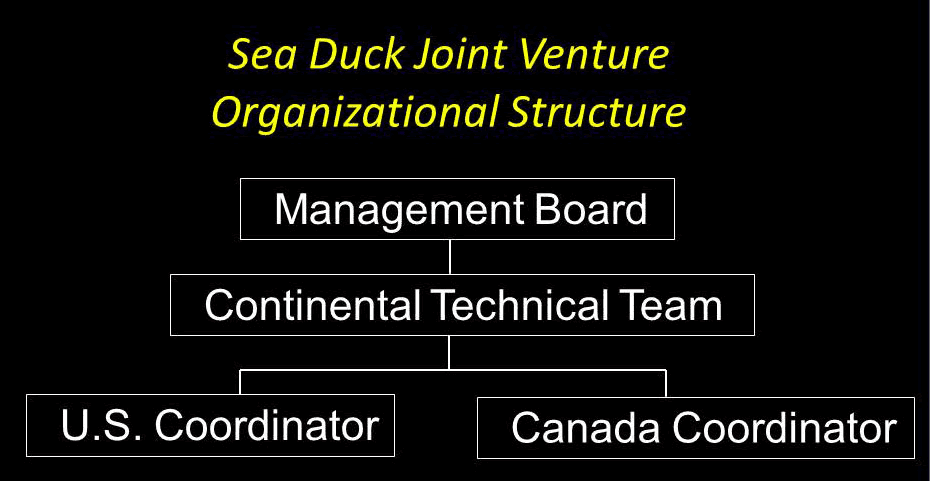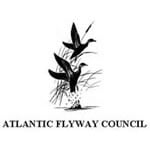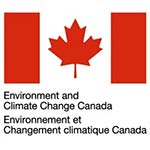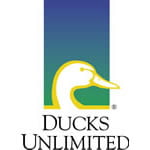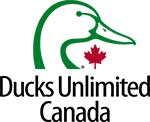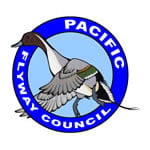What is the Sea Duck Joint Venture?
In the early 1990s several populations of sea ducks were declining in numbers for unknown reasons, prompting increased concern about the status of North American sea ducks. Scientists noted that even basic biological information was lacking for most sea duck species. The Sea Duck Joint Venture (SDJV) was proposed as a mechanism to address these information gaps, and the partnership was formally established in 1999 under the North American Waterfowl Management Plan.
Vision
Sustainable populations of North American sea ducks are maintained throughout their ranges.
Mission
The SDJV promotes the conservation of all North American sea ducks through partnerships by providing greater knowledge and understanding for effective population and habitat conservation and management.
Goals
The SDJV works with partners to generate and disseminate knowledge that informs management decisions, habitat protection initiatives, and sea duck conservation in North America.
The SDJV increases awareness of sea ducks and encourages engagement of management and scientific communities, industry, and the public in sea duck conservation through effective communications and outreach.
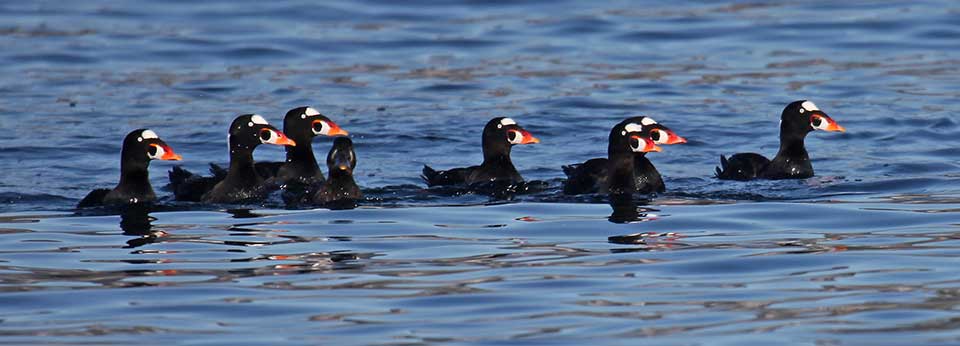
SDJV Accomplishments
Since its inception, SDJV has identified migratory routes and important habitats for several species, delineated populations, prioritized monitoring needs, conducted experimental surveys and developed new survey methods. Satellite telemetry projects, such as the Atlantic and Great Lakes Sea Duck Migration Study, have provided valuable information on migratory patterns, breeding areas, and key staging sites for scoters and Long-tailed Ducks. This information and survey data were used to develop the Sea Duck Key Habitat Sites Atlas, which identifies the most important areas for sea ducks in North America.
Learn about past and on-going SDJV supported projects
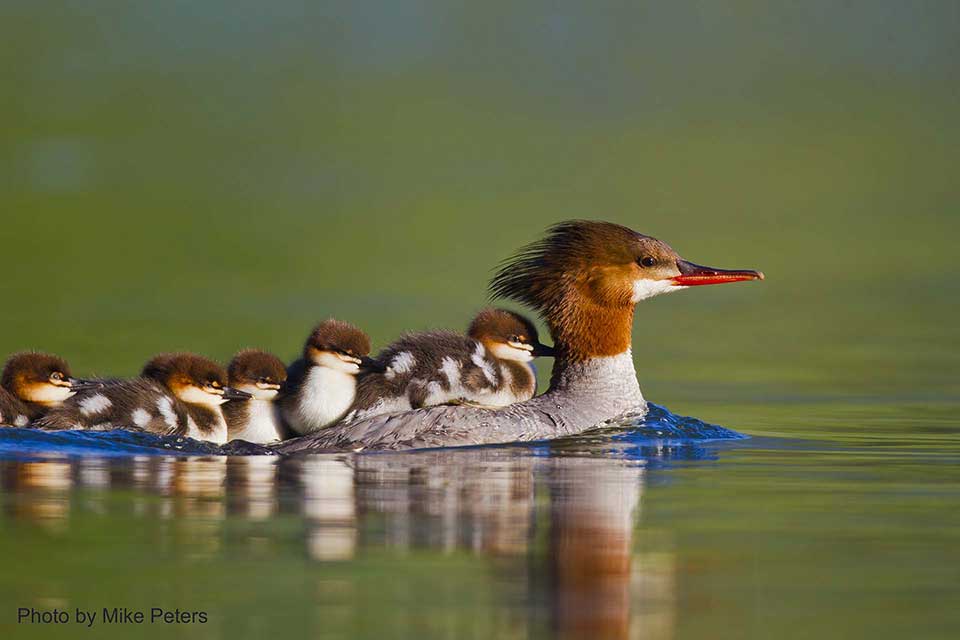
Current SDJV Strategy
Filling some information gaps on the basic biology of sea ducks is still necessary, but the SDJV’s focus is evolving to address data needs explicitly linked to conservation and management decisions, including the human dimensions aspect of conservation.
The SDJV’s highest priority species are Common Eider, King Eider, Long-tailed Duck, Black Scoter, Surf Scoter, White-winged Scoter, Harlequin Duck, and Barrow’s Goldeneye due to lack of baseline data, historical or current population declines, and concerns about harvest potential or habitat limitations.
The SDJV provides funding and support for research that addresses priorities agreed upon by the partnership and is guided by a 10-year planning cycle and a work plan that is reviewed and updated annually by the SDJV Management Board.
Learn about SDJV funding opportunities
Find our updated Strategic Plan here
